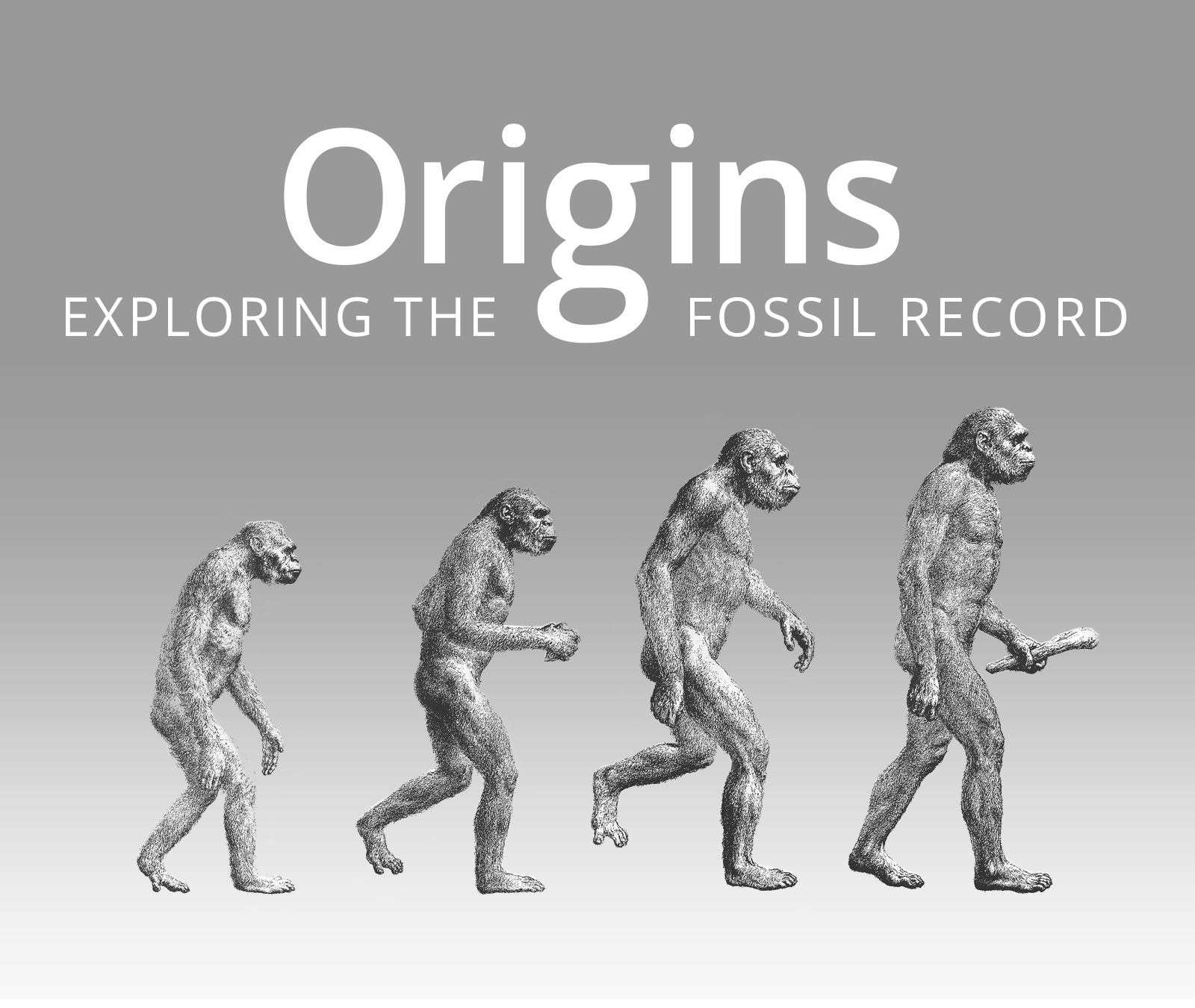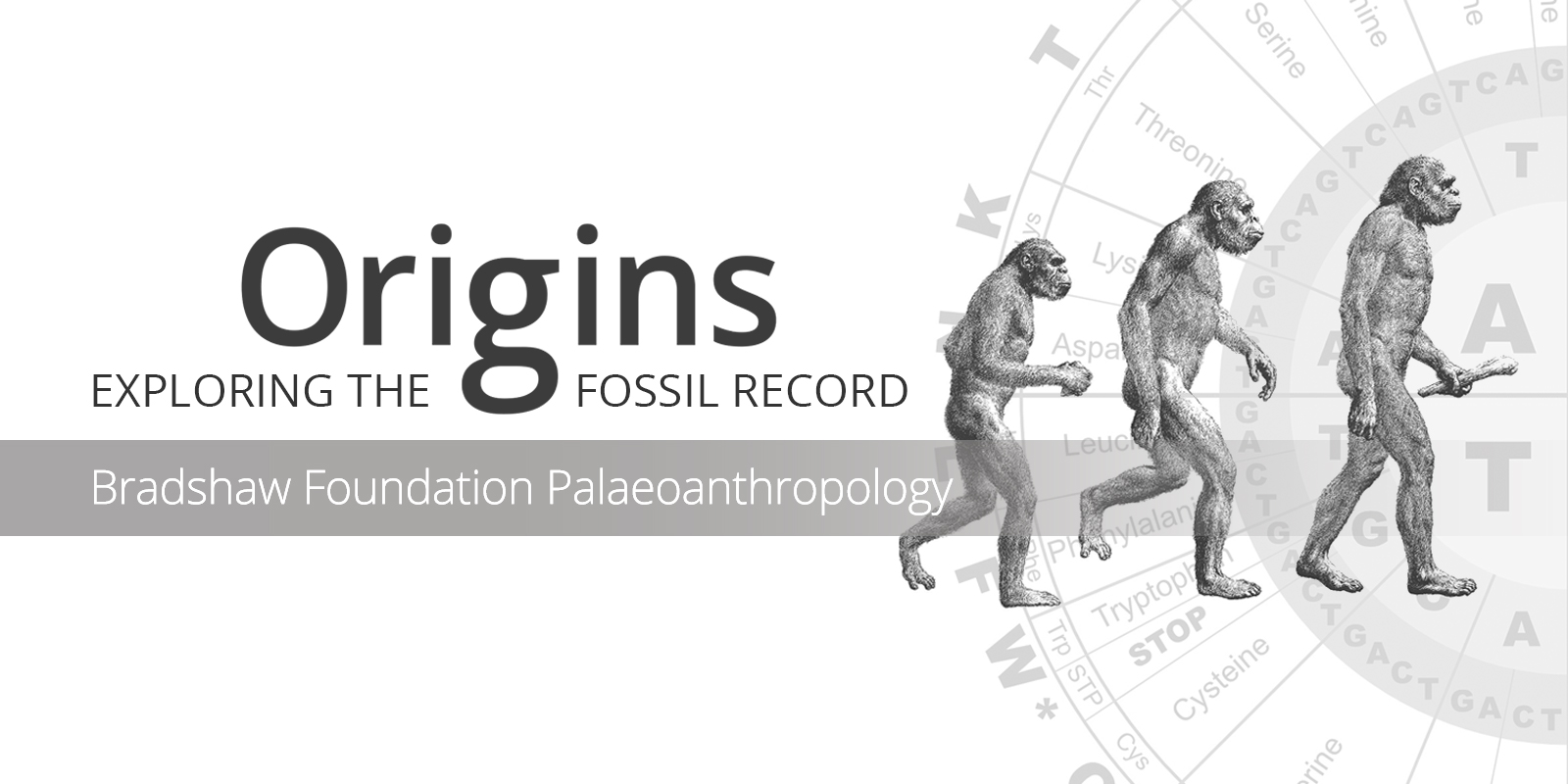Homo erectus georgicus
Homo sapiens
Hominin traits
Archaeological industry/Technocomplex including art
Period in human prehistory: M = Mesolithic; N = Neolithic; B = Bronze Age; I = Iron Age;
Geological epoch
* Note: Table based past and current research and scientific consensus
Homo erectus georgicus
Homo sapiens
Hominin traits
Archaeological industry/Technocomplex including art
Aur = Aurignacian; Mag = Magdalenian;
Grav = Gravettian; Sol = Solutrean
Period in human prehistory:
M = Mesolithic; N = Neolithic;
B = Bronze Age; I = Iron Age;
Geological epoch
* Note: Table based past and current research
and scientific consensus
Homo erectus georgicus is the subspecies name sometimes used to describe fossil skulls and jaws found in Dmanisi, Georgia. It is known as 'Dmanisi Man', and was initially proposed as a sub-species of
Homo erectus but it is now classified as a separate species. A partial skeleton was discovered in 2001.
| HOMO ERECTUS GEORGICUS |
 |
| Genus: |
Homo |
| Species: |
Homo erectus georgicus |
| Other Names: |
Dimanisi Man |
| Time Period: |
1.8m years ago |
| Characteristics: |
Tool Maker, Proto-language |
| Fossil Evidence: |
Fossil Skulls, Dmanisi, Georgia |
Homo georgicus is often classified as Homo erectus georgicus. The classical textbook definition of H. erectus included a brain size range of between 900–1150 ccs. If the georgicus specimens and the Flores specimens (
Homo floresiensis) are included in H. erectus, then the range of brain capacities is two-fold, from 600 ccs to 1150 ccs. Homo ergaster is also considered by some to be a subspecies of
Homo erectus Size has something to do with it: both the georgicus and floriensis were much smaller than the classic erectus, which was as tall as modern man. The classification of all these species or subspecies is provisional at present, and still being debated.
The fossils are about 1.8 million years old. The remains were first discovered in 1991 by David Lordkipanidze. Implements and animal bones were found alongside the ancient human remains. The brain volume is approximately 600 cubic centimetres - roughly half the size of modern humans. It is the smallest hominid brain yet found outside Africa, apart from that of
Homo floresiensis. Subsequently, four fossil skeletons were found, showing a species primitive in its skull and upper body but with relatively advanced spines and lower limbs, providing greater mobility.
Homo georgicus was bipedal, and diminuitive in size - the average male height was roughly 4 feet. Tooth-wear patterns reveal an omnivorous diet. The archaeological sites show no evidence of the use of fire.
The Dmanisi fossils may also represent a significant social and cultural development: a 1.8 million year old toothless jaw bone of a hunter-gatherer may be evidence of altruism and compassion - survival at this time, in this climate and on this diet did not follow the strict rules of evolutionary adaptation. This individual was cared for by others in the social group.
Homo georgicus may represent a link between Homo habilis and Homo erectus. This species may have been the first hominid to settle in Europe due to its discovery on the eastern shore of the Black Sea.

Dmanisi excavation site
Photograpgh © Georgian National Museum
Small skull: at around 600 cm³ brain volume, the skull D2700 is dated to 1.77 million years old and it is in good condition. The cranium was the smallest and most primitive Hominin skull ever discovered outside of Africa.
In Africa, the
Australopithecines and early Homo represent two distinctive evolutionary paths sharing a common ancestor. In Georgia the specimens, with a brain half the size of anatomically
modern humans, were the smallest found until the discovery of
Homo floresiensis on the island of Flores in 2003.
The small size of this species contrasts with the much larger size of
Homo erectus. omo erectus georgicus was the first species of Homo to settle in Europe, some 800,000 years before
Homo erectus.
Later, four fossil skeletons were found, showing a species primitive in its skull and upper body but with relatively advanced spines and lower limbs, providing greater mobility. They are now thought to represent a stage soon after the transition between
Australopithecus and
Homo erectus, and have been dated at 1.8 million years before the present. The assemblage includes one of the largest Pleistocene Homo mandibles (D2600), one of the smallest Lower Pleistocene mandibles (D211), a nearly complete sub-adult (D2735), and a specimen without teeth (D3900).











